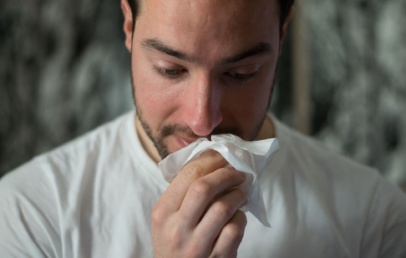
Massage therapy is a practice that involves the manipulation of soft tissues in the body to enhance well-being and promote relaxation. It has been utilized for centuries across cultures to alleviate physical discomfort, reduce stress, and promote overall health. The impacts of massage therapy on the body are extensive, spanning from physiological to psychological benefits.
- Physical Relaxation and Muscle Tension Relief
One of the primary benefits of massage therapy is its ability to induce physical relaxation and relieve muscle tension. Skilled massage therapists use techniques such as effleurage, kneading, and friction to target specific muscle groups. These techniques increase blood circulation to the muscles, helping to release built-up tension and knots. Massage therapy can improve flexibility, reduce pain, and overall physical relief by loosening tense muscles.
- Pain Reduction
Massage therapy is effective in reducing both acute and chronic pain. It can help alleviate pain associated with back pain, arthritis, migraines, and even sports injuries. The manipulation of soft tissues during a massage session stimulates the release of endorphins—natural painkillers produced by the body—which contribute to pain relief and an increased sense of well-being.
- Improved Blood Circulation
Massage therapy facilitates better blood circulation throughout the body. The pressure applied during massages helps dilate blood vessels, allowing smoother blood flow. This improved circulation can lead to better oxygen and nutrient delivery to tissues and organs, aiding in the body’s natural healing processes.
- Stress and Anxiety Reduction
Beyond its physical benefits, massage therapy also has significant psychological impacts. The soothing nature of massages triggers the body’s relaxation response, leading to reduced levels of stress hormones like cortisol. Regular massage sessions have been shown to lower anxiety levels and promote a sense of calm and relaxation. Additionally, touch’s tactile and nurturing aspects during a massage can help individuals feel cared for and supported.
- Enhanced Mood and Mental Well-being
Massage therapy has a positive influence on mental health. The release of endorphins during a massage not only reduces pain but also contributes to an improved mood. Additionally, massage can help reduce symptoms of depression by promoting relaxation and improving sleep quality. The sense of connection and mindfulness experienced during a massage session can also help individuals become more in tune with their bodies and emotions.
- Immune System Support
Studies suggest that regular massage therapy might boost the immune system. The reduction of stress hormones and the increase in natural killer cell activity are believed to contribute to this effect. Massage therapy can help the body better defend itself against illnesses and infections by supporting immune function.
- Injury Prevention and Rehabilitation
Athletes and individuals engaged in physically demanding activities can benefit from massage therapy as part of their injury prevention and rehabilitation strategies. Sports massages, for example, focus on improving flexibility, increasing range of motion, and enhancing muscle recovery. Massage therapy becomes an essential component of an active lifestyle by preventing injuries and aiding in the recovery process.
- Regulation of Nervous System
Massage therapy can influence the autonomic nervous system, which controls involuntary bodily functions such as heart rate, digestion, and stress response. Various massage techniques can stimulate the parasympathetic nervous system, which promotes relaxation and counters the “fight or flight” response associated with stress.
Massage therapy offers a wide range of bodily impacts, encompassing physical and psychological benefits.




